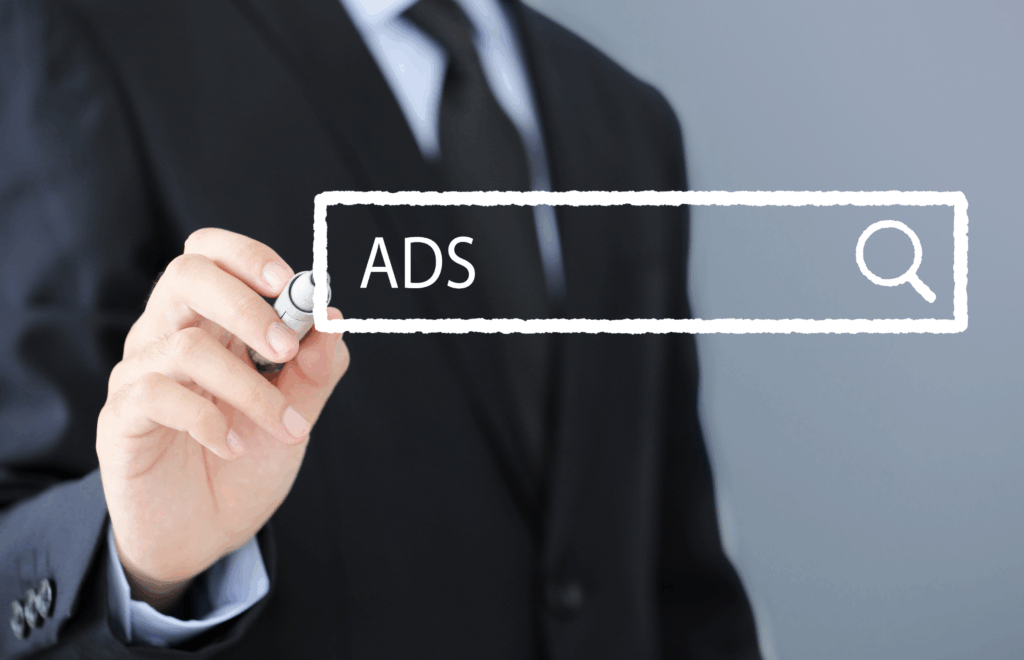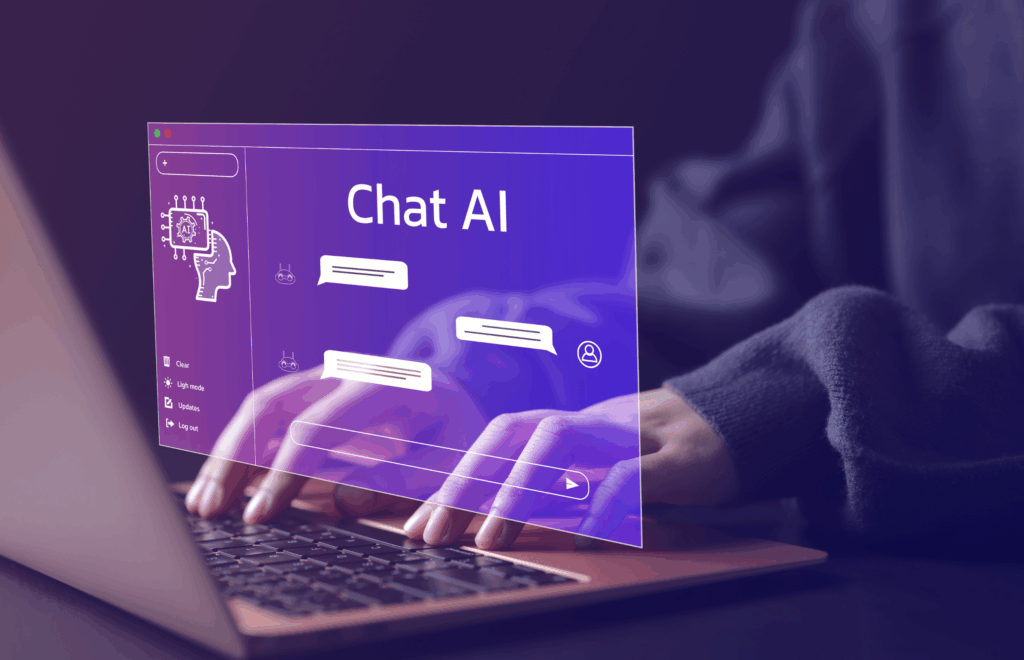Understanding Digital Ads
In today’s digitally driven marketplace, a strong online presence is essential for growth and success. One of the most effective ways to establish and maintain this presence is through digital advertising. Digital ads are paid online promotions that appear on numerous different platforms across search engines, websites and social media platforms. These ads can take the form of text, images, videos or interactive content, and each is designed to capture the target audience’s attention and prompt them to take action, such as clicks, website visits or sales.
For businesses of all sizes and industries, digital advertising serves as a direct connection point between a brand and its audience. Whether a company is business-to-business or business-to-consumer, local or global, digital ad campaigns help reach the right leads at the right time. In a landscape where algorithms and user behavior are constantly evolving, a well-structured digital advertising strategy affirms that brands remain visible, relevant and competitive.

Benefits of Digital Ads
A purposeful approach to digital advertising offers numerous advantages, each vital to business expansion and brand evolution. From increasing awareness to enhancing public relations impact, the benefits extend across numerous industries and audience types.
- Increased Awareness: In an online world flooded with content, awareness expands brand credibility and earns authority. Digital ads help brands and businesses rise above the competition by securing placements in front of high-intent audiences. Through Google Search Ads, display networks and social media advertising, businesses can position themselves where customers are already searching for solutions. This select exposure grows awareness, nurtures interest, and supports conversions at every stage of the sales funnel, keeping a company top-of-mind during key decision-making moments.
- Precise Targeting: Unlike traditional advertising, which often casts a wide net, digital ads allow pinpoint accuracy. Businesses can choose audiences based on demographics, location, interests, search intent and purchase behaviors. For example, an eCommerce company might focus on users who recently viewed similar products, while a B2B firm could focus on professionals within specific industries or job titles. This level of data-driven marketing maximizes every dollar spent by accessing the most relevant audiences.
- Measurable Results: Digital ad platforms offer live performance data such as impressions, clicks, conversions and engagement rates. This level of insight allows brands and companies to continually refine their digital ad campaigns for maximum returns on investment (ROI). Compared to other forms of advertising, digital ads provide more quantifiable proof of success, enabling businesses to make smarter, data-backed decisions.
- Cost Efficiency: Digital advertising can be highly cost-effective when executed strategically. With flexible budgeting models, such as pay-per-click (PPC) and cost-per-impression (CPM), brands control how and when they spend. Even small businesses can compete successfully against larger competitors by focusing their budgets on high-converting audiences and channels. Through proper optimization, brands can achieve specific influence without overspending.
- Brand Building: Beyond immediate conversions, digital ads’ true impact lies in long-term brand development. Cohesive content, visual consistency and robust messaging help shape a memorable brand identity. Continuous exposure across digital platforms nurtures trust and retention, turning first-time buyers into repeat customers.
- Integration with PR Efforts: One of the most powerful benefits of digital ads is their ability to work hand-in-hand with public relations. At Eberly & Collard Public Relations, we often integrate paid campaigns into broader PR initiatives to amplify earned media and thought leadership content for our clients. For instance, highlighting a brand story or influencer partnership through paid social media ads can significantly increase its exposure and results. This synergy strengthens market presence and enables messages to access both organic and segmented audiences.
- Adapting to Changing Online Behavior: Today’s digital environment is shifting rapidly. The rise of Artificial Intelligence Overviews (AIO) and zero-click searches means users are increasingly finding answers directly on search results pages, without visiting websites. As a result, many marketing managers are losing valuable traffic and interaction opportunities. According to Semrush, AI Overviews appear in about 13% of U.S. desktop queries, and Pew found users were less likely to click when an AI summary appeared. Digital ads help counter this trend by encouraging direct clicks, leading users back to owned channels such as websites, blogs and eCommerce platforms.

Types of Digital Ads
A comprehensive advertising approach often involves a mix of formats and platforms. Understanding the various types of digital ads allows businesses to choose the right approach for their goals and audiences.
- Google Search Ads: These text-based ads appear at the top of search engine results, serving users actively seeking specific products or services. Search ads are highly compelling for paid search advertising because they capture intent-based users who are already close to making a purchase or inquiry.
- Display Ads: Display ads use imagery or interactive design to promote products or services across websites, blogs and apps. They’re ideal for increasing brand awareness and tailoring to users who have previously interacted with a brand’s website or social media.
- Social Media Ads: Platforms like Meta (Facebook and Instagram), LinkedIn and X (formerly Twitter) offer reliable advertising tools for both B2B digital advertising and B2C advertising agencies. These ads can include carousel images, videos or lead-generation forms, helping brands attract audiences through visually compelling storytelling. Successful social media advertising services leverage precise audience impact and innovative formats to maximize interactions.
- Video Ads: Short-form video content has exploded in popularity, making platforms like YouTube, TikTok and Instagram Reels critical advertising spaces. Video ads are highly effectual at demonstrating products, sharing brand stories or educating audiences about professional services in appealing, digestible ways.
- Influencer and Partnership Ads: Partnership ads and influencer collaborations combine the authenticity of influencer marketing with the effectiveness of paid promotion. Brands can boost influencer posts as paid ads, extending visibility beyond organic audiences. This hybrid approach merges credibility with scalability, producing some of the best digital ad campaigns in today’s market such as this client example produced by our digital advertising team.

- Native and Sponsored Content: These ads blend seamlessly into editorial-style content, appearing as “recommended reads” or “sponsored posts” across digital publications. When combined thoughtfully, native ads enrich storytelling, offering value-driven engagement rather than disruptive publicity.
Building a Strong Digital Advertising Strategy
Creating influential digital ad campaigns requires thoughtful planning and coordination with broader marketing and PR initiatives. The following steps provide a framework for developing successful, results-based advertising campaigns.
- Define Clear Digital Advertising Goals: Establish measurable objectives such as lead generation, brand awareness, website traffic or eCommerce sales. Setting clear goals ensures every campaign is purpose-driven and can be accurately evaluated. Keep goals flexible for market changes.
- Identify Your Target Audience and Buyer Personas: Understand who you want to interact with and what motivates them. This includes demographic data, psychographics, purchasing behavior and content preferences. Comprehensive audience profiles inform every decision, from ad format to messaging tone.
- Choose the Right Platforms and Ad Formats: Each platform offers specialized advantages. For example, Google Search Ads are ideal for capturing purchase intent, while LinkedIn Ads cater to professional audiences. Selecting the right combination of channels verifies your brand message reaches audiences where they are most active.
- Develop Creative that Tells a Story: Solid ad assets are more than an eye-catching design; they are storytelling in action. Use visuals and copy that communicate your brand values, evoke pathos and reflect your overarching PR message. Powerful storytelling strengthens authenticity and audience trust, forming lasting relationships from initial connection.
- Set Budgets and Timelines: Allocate budgets based on campaign goals, platform costs and audience size. Establish timelines that allow enough duration for purposeful data collection and optimization. Do not underestimate budgets simply because it can be easy to do so.
- Monitor Analytics and Maximize Performance: Once your campaign is live, track metrics such as impressions, click-through rates, conversions and cost-per-click. Use this knowledge to refine targeting, adjust bids or refresh the materials. A/B testing, running two variations of an ad to see which performs better, is one of the highest-performing ways to maximize ROI.
- Fuse with Broader PR and Marketing Efforts: A successful advertising plan doesn’t operate in isolation. When merged with public relations, content marketing, event participation and organic social media, digital ads can amplify brand storytelling and ensure consistent messaging across every platform. For instance, combining influencer partnerships with paid social campaigns can solidify a company’s reputation while guiding audiences straight to owned content.
As a full-service communications agency, Eberly & Collard Public Relations helps brands develop cohesive digital marketing strategies that combine paid, earned and owned media for tangible, lasting results.

Leveraging Paid Advertising Services
Digital advertising has become an essential pillar of modern marketing in our digital-first world. Whether your business operates in the B2B or B2C space or possibly both, a well-planned framework can expand visibility, increase conversions and strengthen brand reputation.
By investing in paid advertising services, from social media advertising to paid search advertising, and integrating them with thought-leadership and content marketing efforts, brands can achieve sustainable growth and stay competitive in an increasingly crowded digital environment.
Partnering with a team experienced in both public relations and digital ad plans, like Eberly & Collard Public Relations, assures every campaign is data-informed, creative and aligned with your overall communications objectives. The result: strengthened connections with your audience, improved ROI and a brand presence that stands out on every channel. Schedule a consultation with us and see how your campaigns can reach new heights.
